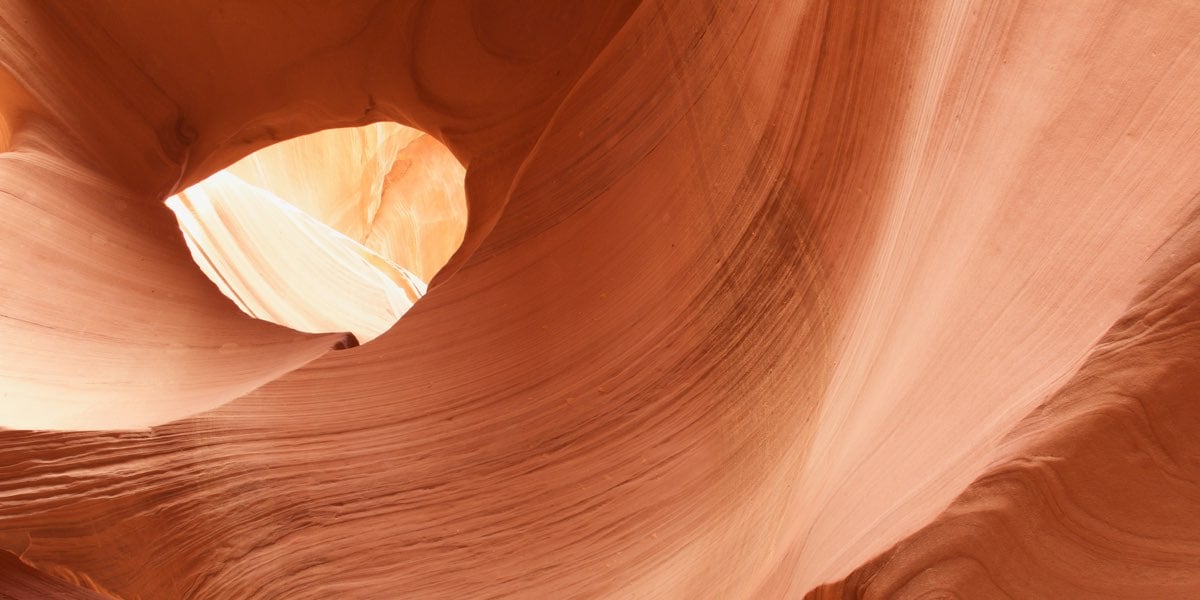ELEVATION MODELS
An elevation model is a digital representation of the earth’s terrain. A digital elevation model (DEM) is an important component of many geospatial projects, particularly for engineering, energy and academic studies.
A DEM is created with stereoscopic data, similar to how a 3D movie is made. Let us help you source the raw data necessary for an elevation model that satisfies both your monetary and geospatial project constraints.


 the animation above, a red-edge Normalized Difference Vegetation Index (NDVI) has been calculated using pansharpened WorldView-2 8-band satellite imagery.
the animation above, a red-edge Normalized Difference Vegetation Index (NDVI) has been calculated using pansharpened WorldView-2 8-band satellite imagery.





